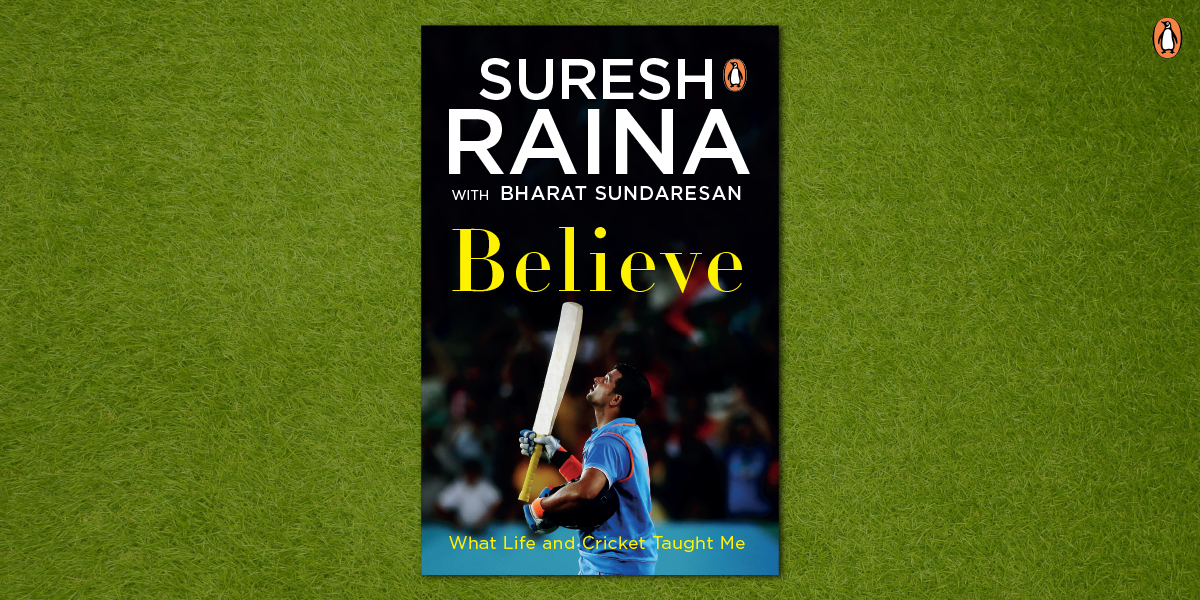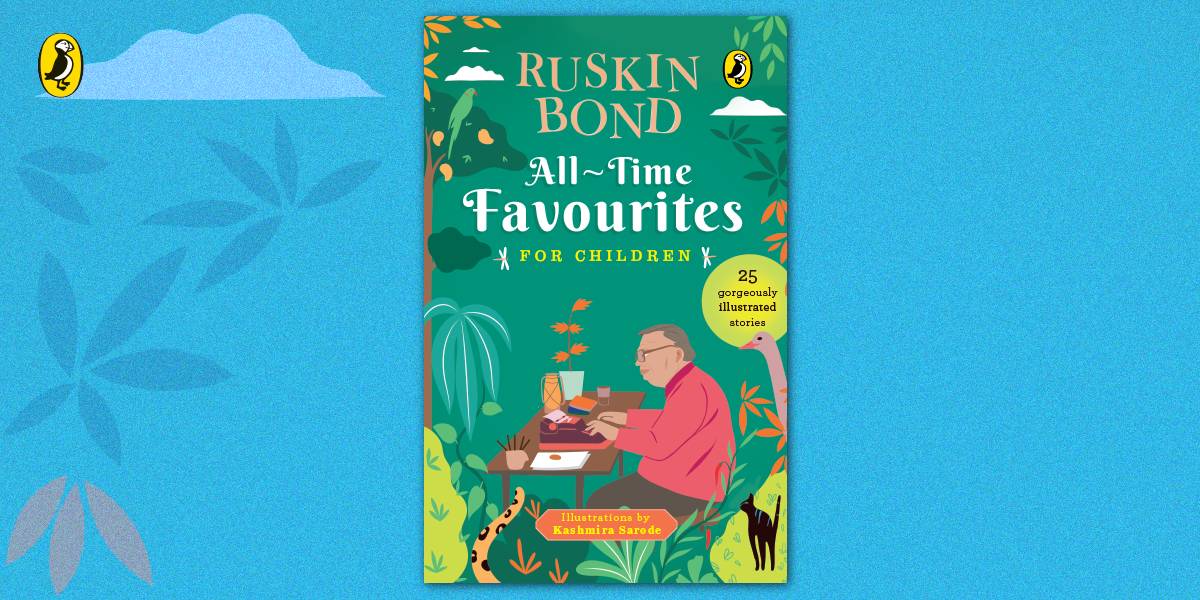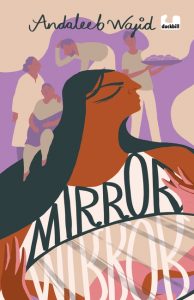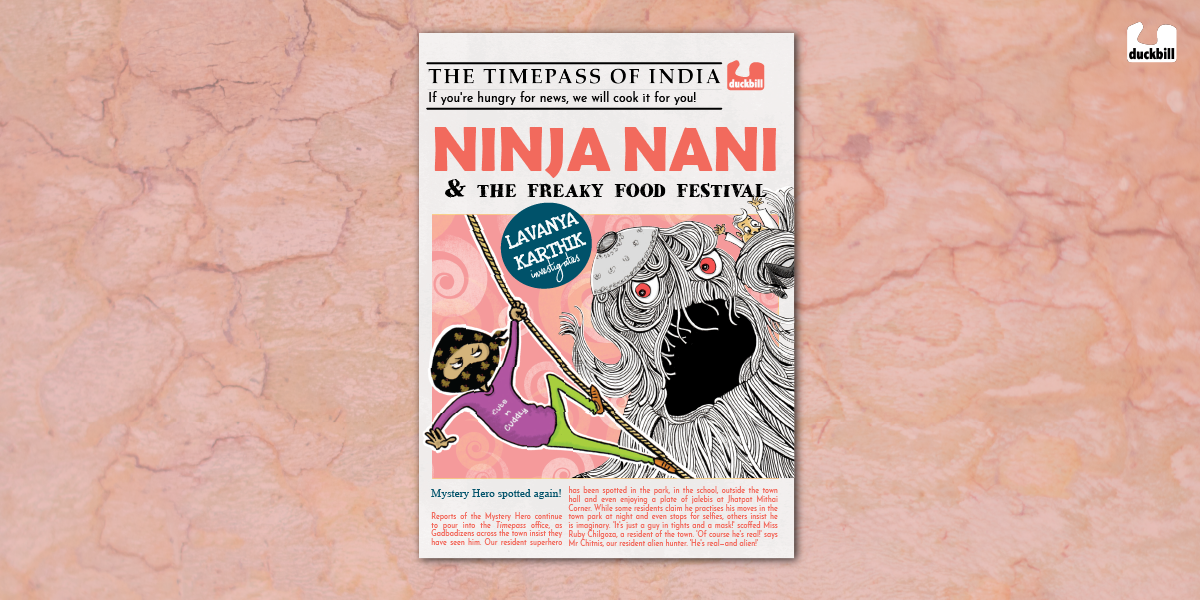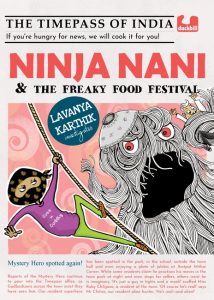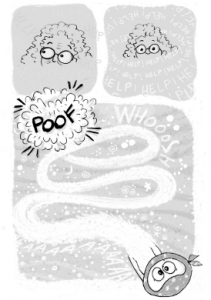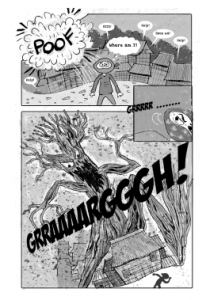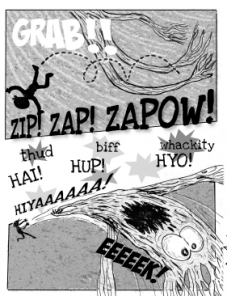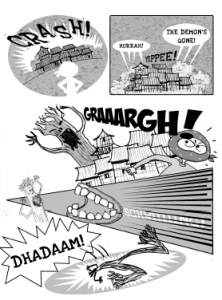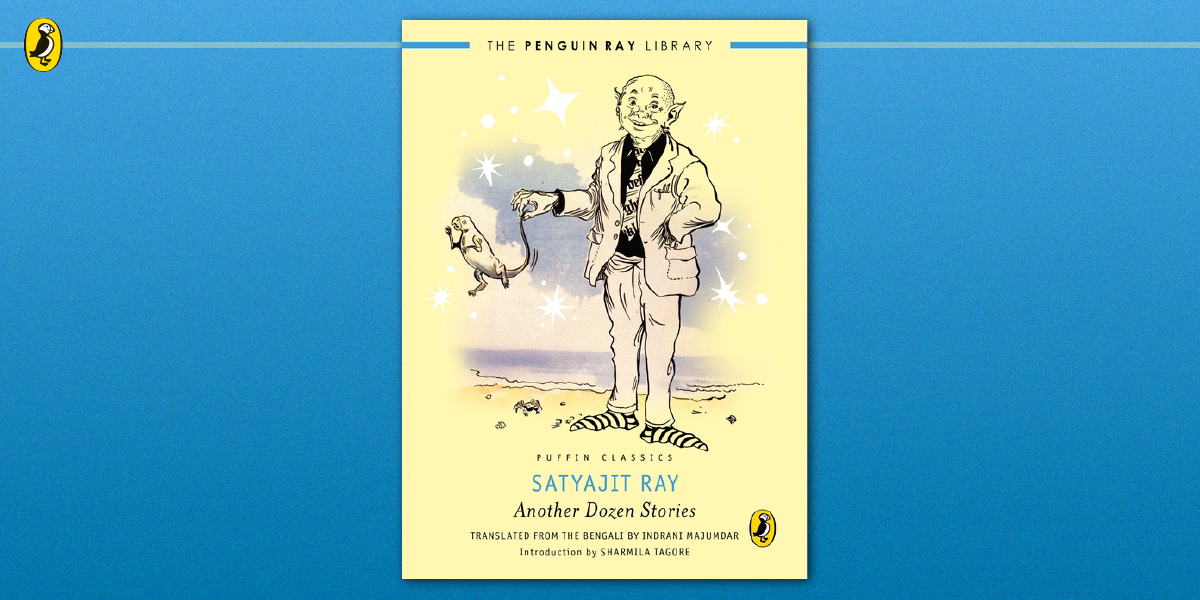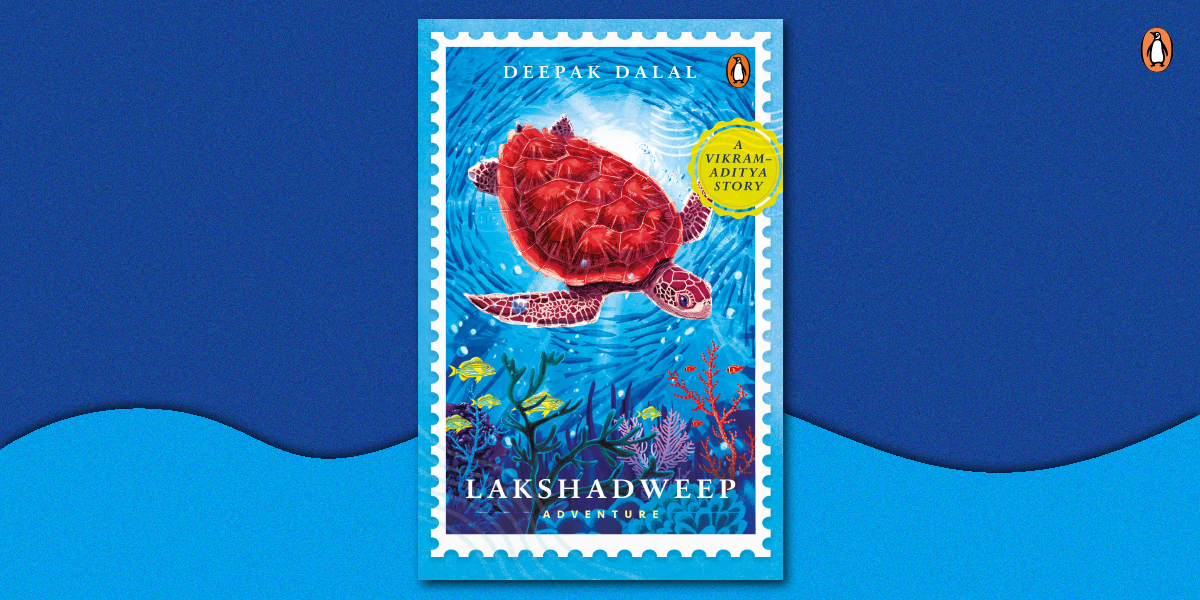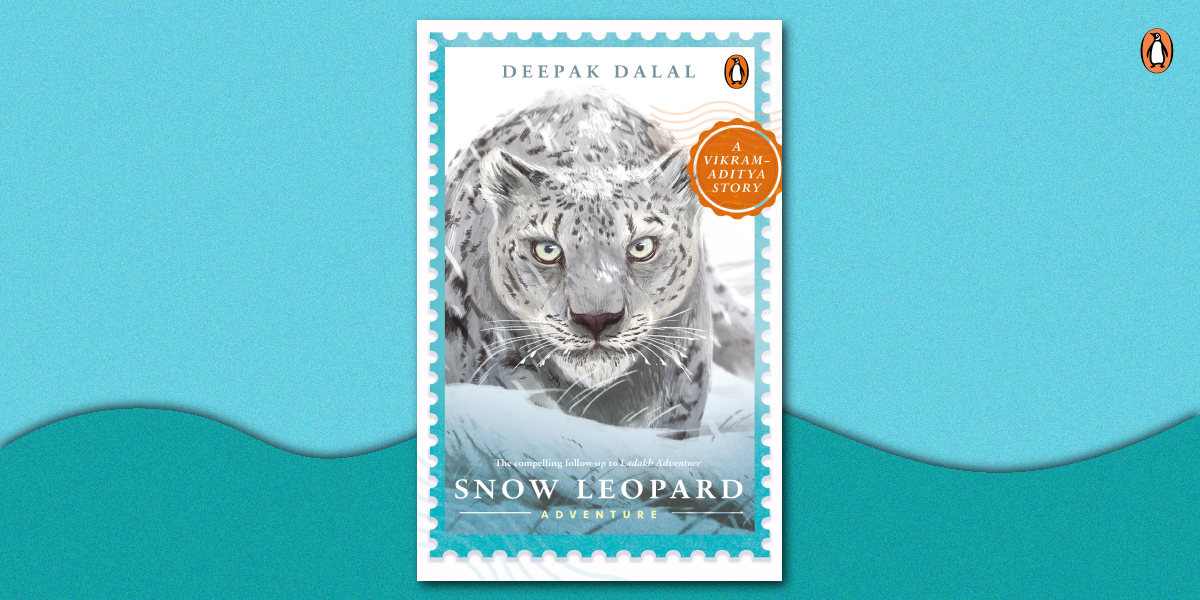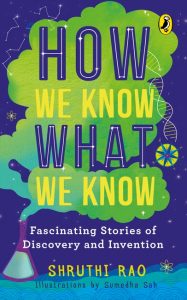In his book Believe, Suresh Raina takes us through the challenges he faced as a young cricketer. He was bullied in school and at cricket camps, but he always punched above his weight, overcoming every adversity life threw at him and never giving up. This is the story of the lessons he learnt and the friendships he built.
Peppered with invaluable insights – about the game and about life – that Raina acquired from senior colleagues like M.S. Dhoni, Rahul Dravid, Anil Kumble, Sachin Tendulkar and Sourav Ganguly, among others, this book will make you believe in the power of hard work, love, luck, hope and camaraderie. It is a journey through the highs and lows in the cricketing career of a man who saw his world fall apart and yet became one of the most influential white-ball cricketers India has ever seen.
Enjoy this little excerpt that explores his relationship with the legend M.S. Dhoni.
~

Mahi Bhai always makes fun of me for being clumsy. I’ve seen him talk about how if I am around in his room, I would end up dropping something or walking into something. ‘Tu rahega toh kuch na kuch hoga,’ he likes to say. Maybe there’s some truth there. I am just a very energetic person, and I am always up and about as you might have seen me on the field.
There’s another thing that he is amused by. He’ll talk about how I would saunter into his room, order a lot of food over room service and not even wait for it to arrive. I’ll tell you why I am always keen on ordering my own food. What happens with a lot of them is that they would order nothing but chicken and roti. I, on the other hand, am a vegetarian. Moreover, I never have maida, because back home, I was used to having rotis made of ragi atta. My eating habits are pretty desi, so I need a good number of vegetable dishes and can’t do without a dal.
So, Mahi would ask me to order my own food. But often, after ordering, I would remember that I had a gym session and end up not eating that food. But I made it a point to not waste it and would go back later for it, even if by then the food had gone cold.
Talking of room service always reminds me of the times Robin Uthappa and I would order food on Mahi Bhai’s tab. And of that time in Pakistan when Rahul Bhai was captain and said, ‘Boys, order whatever you want. It’s on me.’ We made him pay for that reckless statement.
It involved, me, Irfan, Robin and Mahi Bhai. It was Dhoni’s idea. He just called up room service and asked for a double of everything we had ordered. Two milkshakes, an extra biryani, two extra rotis, two more dals, two more sabzis. Rahul Bhai couldn’t stop laughing at us. He eventually admitted that he’d learnt his lesson and that he would never give us a free hand again with room service. We did end up finishing everything we’d ordered, though.
That’s the kind of fun Mahi Bhai and I would have at other people’s expense all the time. We are like partners in crime when it comes to pulling someone else’s leg. I’ve been at the receiving end too at times, when he decides to turn on me. We’ve had an interesting relationship over the years.
I have also gone through so much because of our friendship. Like the whole bias angle. People would say, ‘Oh, Raina gets picked because he is Dhoni’s friend.’ But people forget the contributions I have made for teams captained by him—India as well as CSK. That’s how you build trust in a player as captain.
For us, it was like how when you have a neighbour over at your place all the time. You can take liberties with that person, saying yeh toh ghar ki baat hai. I played so much of my career down the order, and he would say let some of the others play at the top. At times I would say, ‘Humein bhi upar khelna hai.’ But he would respond, ‘Nahi, tu at will chhakke marta hai . . .’ and say that the others, be it Rohit or Virat or Ajju (Ajinkya Rahane), were better off at the top of the order. I was more reliable in those situations. He knew my mindset. He knew what brought the best out of me. And I trusted him. It would hurt when people kept linking our friendship to my being part of the team. I don’t think the numbers lie. I’ve always earned my spot in the team, just like I earned Mahi Bhai’s trust and respect. I was there for him. He always made me feel special. Nobody can take away from that. And it doesn’t matter what people say . . .
We grew closer and closer, and even got to know a lot about each other’s personal lives and families. I went to his house and met his family. After meeting them, I realized why he is so sorted. Sakshi and he came to meet my parents soon after their wedding. A UP–Bihar cultural connection there as well.
There’s always a lot of talk about Mahi Bhai being Captain Cool. But I can tell you that is not his greatest strength as captain. He will never compromise on the game. That’s what I like about him the most. That’s what I think makes him such a legendary captain and a fantastic leader.







